
In honor of Asian American and Pacific Islander Month, we have gathered a few notable Asian, Asian American, and Pacific Islanders who have greatly influenced the world of science. Discover these scientists below to learn a little bit about their backgrounds and the lasting impact their work has had on the lives of millions of people.
Isabella Aiona Abbott
Ethobotanist (1919 – 2010)
Isabella Aiona Abbott was the first native Hawaiian woman to earn a doctoral degree in science with a Ph.D. in botany. She went on become the first minority full professor at Stanford University’s Hopkins Marine Station before accepting a position as an ethnobotanist at the University of Hawai’i. During her career, she published over 50 papers and wrote eight books, though most notable was her discovery of more than 200 new species of Pacific algae. Due to her expertise and contributions in Pacific algae, particularly Hawaiian seaweed, Abbott was known as the world expert on limu (the Hawaiian term for Hawaiian seaweed) and sometimes even the "First Lady of Limu.”
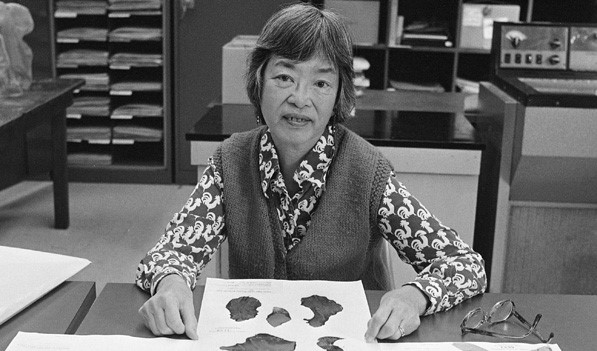
David T. Wong
Neuroscientist (1935 - Present)
David T. Wong was born in Hong Kong to a family with a successful machinist business. Though he was expected to participate in the family business, he had always known he was destined for something else. He left Hong Kong in 1957 to pursue his further education in the United States, earning a master’s and doctoral degree in biochemistry. In 1968, he joined Eli Lilly and Company as a senior biochemist, where he worked on many different projects, most notably discovering the antidepressant drug fluoxetine (Prozac). Fluoxetine was the first identified selective serotonin reuptake inhibitor (SSRI) and is now used by more than 30 million people worldwide. In 1993, Wong received the Pharmaceutical Manufacturers Association Discoverer’s Award for this ground-breaking discovery. To this day, he continues to seek new advancements in the treatment of psychiatric diseases.
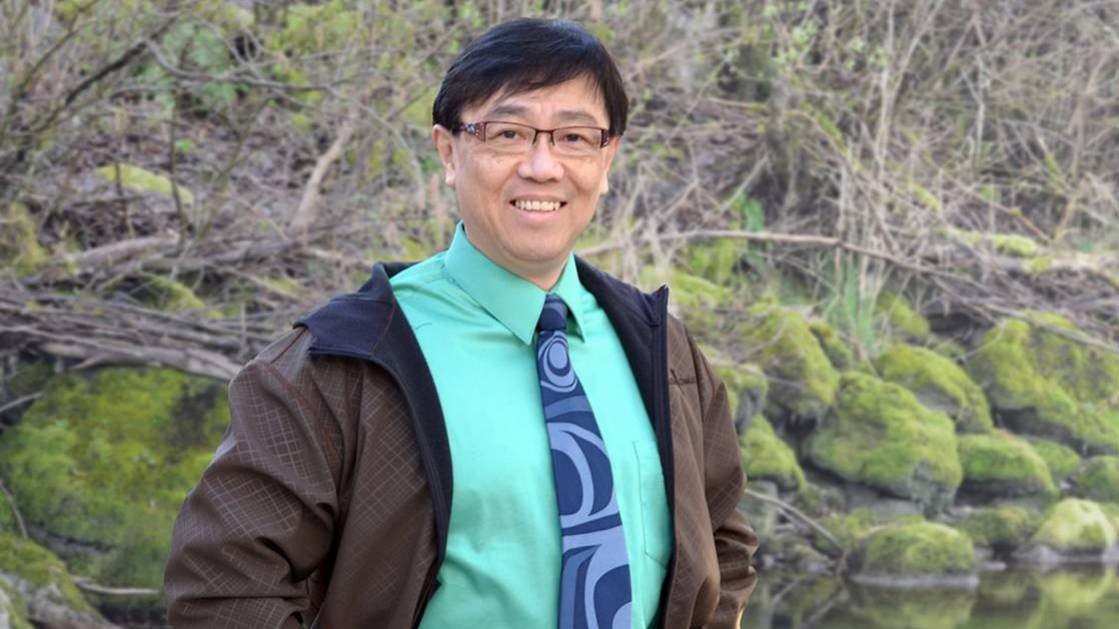
Kalpana Chawla
Astronaut & Engineer (1962 – 2003)
Kalpana Chawla was a NASA astronaut and the first woman of Indian heritage to go to space. In 1982, at the age of 20, she left India and moved to the United States to obtain her Master of Science degree and Ph.D. in aerospace engineering. In 1988, Chawla joined the NASA Ames Research Center, concentrating her research on simulation of complex air flows encountered around aircraft as well as the mapping of flow solvers to parallel computers. Chawla went on her first space mission in 1997 as a mission specialist and primary robotic arm operator. Her assignments included work on development of Robotic Situational Awareness Displays and testing space shuttle control software in the Shuttle Avionics Integration Laboratory. Chawla returned to space in 2003 on her second space mission, a dedicated science and research mission in which 80 experiments were conducted. During re-entry, the shuttle broke apart during re-entry and she, along with six other crew members, tragically passed away.
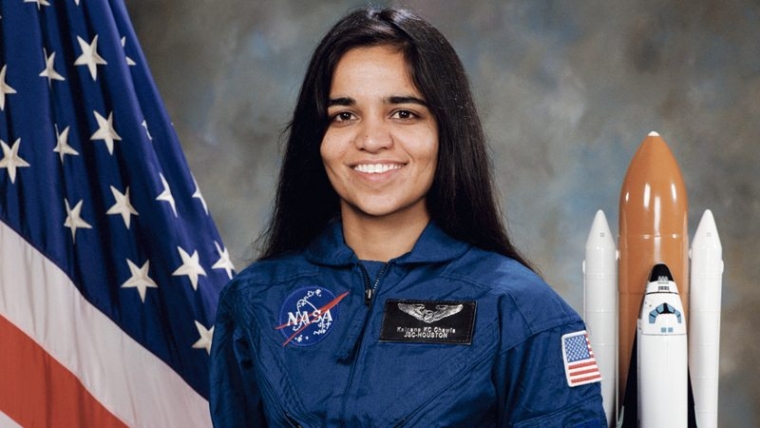
Tetsuzo Akutsu
Expert in the field of artificial heart development (1922 - 2007)
Tetsuzo Akutsu was born in Japan in 1922. He received his M.D. degree in 1947, and in 1954 was awarded the first Ph.D. in Japan in the field of extracorporeal circulation. After earning his Ph.D., he moved to the United States where he Akutsu joined Dr. Willem Kloff’s artificial heart team at the Cleveland Clinic. Here, he initiated the total artificial heart research. As Kloff’s chief collaborator, Akutsu made major contributions to the implant of an artificial heart in an animal that lived for 90 minutes, making it the first successful experimental implant with a man-made prosthetic heart in the United States. In 1964, the artificial heart became a national project in the United States under President Lyndon Johnson.
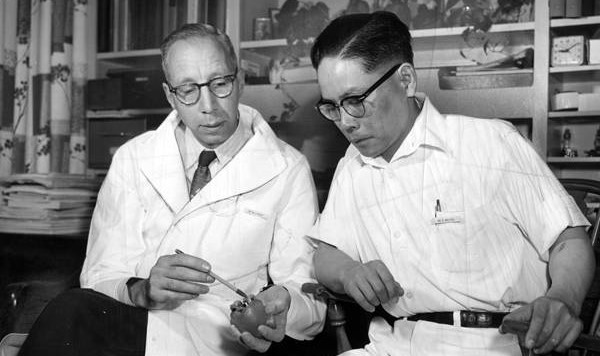
Asha de Vos
Marine Biologist (1979 – Present)
Asha de Vos is the first Sri Lankan with a Ph.D. in marine animal research and is considered a pioneer of blue whale research. Through her extensive research, she discovered that an unrecognized, unique population of blue whales, previously thought to migrate every year, actually stays in waters near Sri Lanka year-round. As a result of her findings, the International Whaling Commission has designated Sri Lankan blue whales as a species in urgent need of conservation research and has begun to collaborate with the Sri Lankan government on whale ship-strikes. Vos founded the Sri Lankan Blue Whale Project in 2008, which forms the first long-term study on blue whales within the northern Indian Ocean, as well as the non-profit Oceanswell, Sri Lanka's first marine conservation research and education organization.
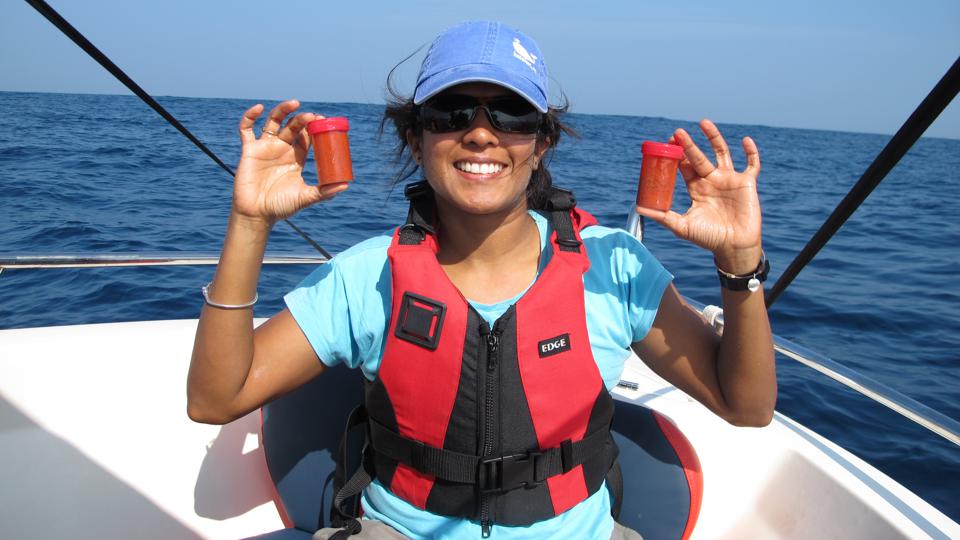
Rinchen Barsbold
Born in Mongolia, Rinchen Barsbold’s work has brought Mongolian paleontology into world prominence. He is internationally recognized as a leader in vertebrate paleontology and Mesozoic stratigraphy. Barsbold has been instrumental in the discovery and recovery of one of the largest dinosaur collections in the world, helping to form a more modern understanding of the later stages of dinosaur evolution in Eurasia. Barsbold currently works at the Institute of Paleontology, Mongolian Academy of Sciences.
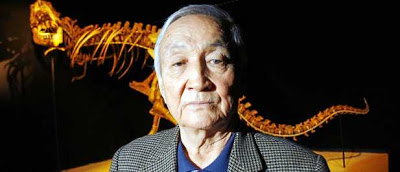
V. Narry Kim
Biochemist & Microbiologist (1969 - Present)
V. Narry Kim was born in South Korea. She received an BA and a M.Sc. in microbiology from Seoul National University and went on to pursue a Ph.D. in biochemistry from the University of Oxford in 1998. She is most noted for pioneering groundwork on microRNA (miRNA) biogenesis. MicroRNA are small single-stranded non-coding RNA molecules. Dysregulated miRNAs can indicate the presence of diseases such as cancer. Understanding miRNA regulation has paved the way for innovations in cancer treatment and stem cell engineering. Kim has received allocated including Asan Award in Medicine in 2019 and Scientist of the Year Award (Korea Science Journalist Association) in 2017.
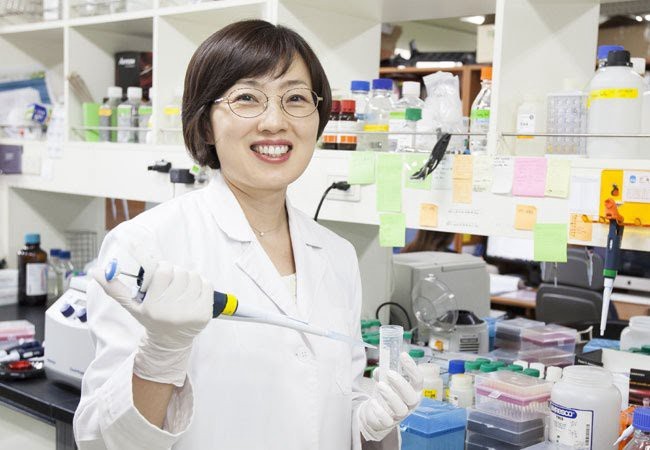
Edgardo Dizon Gomez
Marine Biologist (1938 – 2019)
Edgardo Dizon Gomez was a Filipino marine biologist who made a significant impact on protecting the marine resources, particularly the coral reefs, in the Philippines. Gomez earned his Master’s in biology from St. Mary’s University of Minnesota and went on to receive his Ph.D. in marine biology from the University of California, San Diego. Gomez was influential in international conservation initiatives, such as replanting corals, and lead the first national-scale assessment of coral reef damage. In 1973, Gomez founded the Marine Science Institute at the University of Philippines Diliman. Gomez received many accolades for his contributions including National Scientist of the Philippines in 2013 and The Outstanding Filipino Award for Science in 1992.
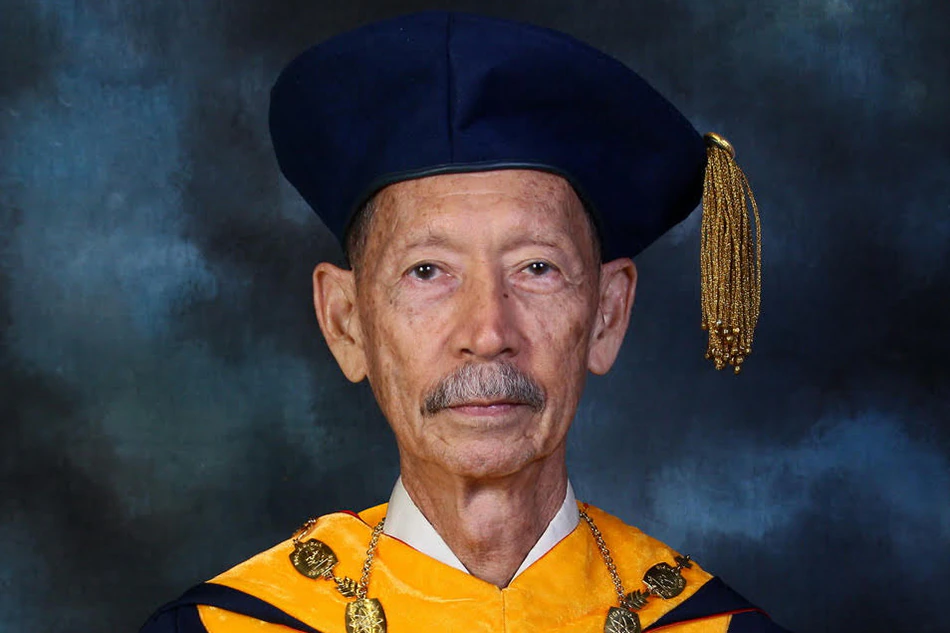
Gloria Lim
Mycologist (1930 - Present)
Gloria Lim was born in Singapore in 1930 and attended an all-girl’s school that did not teach sciences. She went on to earn her Bachelor’s in botany from the University of Singapore. When the University of Malaya was opened in 1942, Lim was one of the first student and graduated with her Master’s in plant pathology. She later earned her doctorate from the University of London. Lim was appointed twice as the Dean of the Faculty of Science at the University of Singapore and in fact, was the first women to serve in this position. She is an expert on fungi, publishing some 140 papers and books during her career. She also worked in the private sector, advising on the development of medical mushrooms. Lim was honored as begin in the inaugural class of inductees into the Singapore Women’s Hall of Fame.

Hitoshi Kihara
Geneticist (1983 – 1986)
Hitoshi Kihara was a Japanese geneticist known for his work surrounding the genetics of wheat. He was a leader in the development of the discipline in Japan and is known as the founder of modern wheat genetics. As part of his early research, he conducted cytogenetic analysis of wheat, for which he was awarded the Japan Academy Prize. Kihara discovered the ancestors of cultivated wheat and successfully synthesized wheat, even creating a seedless watermelon. In 1936, he noticed that in wheat, seven chromosomes become a pair that performs the lowest gene function, and thus named it genome. The concept of genome extended all over the world and formed the basis for development of biology and genetic engineering. He left these famous words: ‘The history of the Earth is recorded in the layers of its crust; the history of all organisms is inscribed in their chromosomes’.
.jpg)